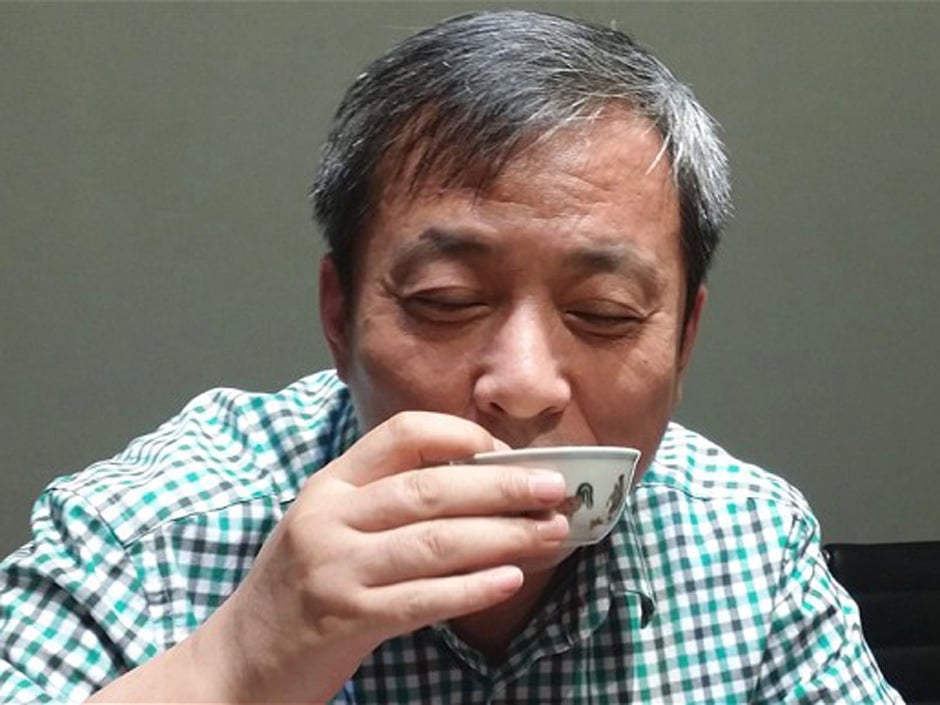People
6 Revelations About Billionaire Art Collector Liu Yiqian From His Lengthy New Yorker Profile
One of China's richest men, his antics continue to amuse and alarm.

One of China's richest men, his antics continue to amuse and alarm.

Eileen Kinsella

The New Yorker has a long—and we mean really long—profile of Liu Yiqian, one of China’s richest men. He also happens to be a flamboyant art collector and museum builder whose antics have drawn both praise and consternation from observers and art experts.

Liu Yiqian drinks from his $36.3 million Meiyintang chicken cup.
Photo: courtesy Sotheby’s.
While adding nothing new to our knowledge of which works Liu owns, writer Jiayang Fan still manages to provide an exhaustive account of his his life—from his impoverished childhood and family hardships to his fortune building, collecting, and current everyday activities (he seems to be “less guarded” on WeChat than he is with the reporter). The article also deals with Liu’s quirks—such as chain smoking, dressing casually, and sometimes remaining anonymous at his own openings.
Fan also provides much-needed detail and context about the art scene in China, whether its the taste of its collectors or the history of its museums and the display of its art.
As is widely known in art world circles—and reported on by artnet News—Liu was behind many pricey, headline-grabbing sales including: a rare porcelain “chicken cup” from the Chengua period at Sotheby’s Hong Kong in April 2015 for $36 million; the second most expensive artwork ever sold at auction, Amedeo Modigliani’s Nu couche (1918), which he bought at Christie’s New York for $170.4 million last November (the most expensive Chinese painting ever sold outside of China); a 600-year-old album of Buddhist art and calligraphy at Sotheby’s New York in March 2015 for $14 million (soaring past the estimate of $150,000); and an embroidered silk Tibetan thangka (15th century) for $45 million at Christie’s Hong Kong in November.

Liu Yiqian at Art Basel, where he bought a 36-foot painting by Gerhard Richter. Photo: Liu Yiqian via WeChat.
Liu and his wife, Wang Wei, run two private art institutions, the Long Museum (East and West). Among the more colorful highlights of the story are the following: